
Replacing the water pump on a Renault Scenic II can be a challenging task, especially for someone with little mechanical experience. click here for more details on the download manual…..
- Renault Scenic 2 inner CV joint and CV boot replacement In this video we will show how to remove and replace / change the inner CV joint and CV boot on Renault Scenic 2. 2003 Renault …
- Renault Scenic II reset service light, oil change reminder After changing oil & filter and performing maintenance service in your Renault Scenic II, you can reset the service message on the …
However, with some patience and careful attention to detail, it can be done. Here’s a simple step-by-step guide to help you through the process:
### Tools and materials Needed:
1. **Tools:**
– socket set (including ratchet and extensions)
– Wrenches
– Screwdrivers (flathead and Phillips)
– Pliers
– Torque wrench
– Prying tool (optional)
– Gasket scraper (optional)
2. **Materials:**
– New water pump
– New timing belt (if necessary)
– New gasket or sealant (if required)
– Coolant (antifreeze)
– Shop towels or rags
– Container for old coolant
### Step-by-Step Guide:
#### 1. **Preparation:**
– **Safety First:** Park the vehicle on a flat surface and engage the handbrake. Wear safety glasses and gloves.
– **Disconnect the Battery:** Open the hood and disconnect the negative terminal of the battery to avoid any electrical issues.
#### 2. **Drain the Coolant:**
– **Locate the Drain Plug:** Find the radiator drain plug at the bottom of the radiator.
– **Drain the Coolant:** Place a container under the radiator and open the drain plug to let the old coolant flow out. Once drained, close the drain plug.
#### 3. **Remove Components to Access the Water Pump:**
– **Remove Engine Covers:** If there are any plastic covers on the engine, remove them using the appropriate tools.
– **Remove the Timing Belt (if necessary):** If your water pump is driven by the timing belt, you will need to remove it. this usually involves:
– Loosening the tensioner pulley and removing the belt.
– **Remove Accessories:** Depending on your model, you may need to remove parts like the alternator or air conditioning compressor to gain access to the water pump.
#### 4. **Remove the Old Water Pump:**
– **Locate the Water Pump:** It is typically located at the front of the engine, connected to the timing belt.
– **Unbolt the Water Pump:** Use your socket set to remove the bolts securing the pump. Keep track of the bolts, as you will need them for the new pump.
– **Remove the Old Pump:** Carefully pull the old pump off. You may need to gently pry it off if it’s stuck.
#### 5. **Install the New Water Pump:**
– **Clean the Surface:** Make sure the area where the new pump will sit is clean. Use a gasket scraper if necessary to remove any old gasket material.
– **Position the New Pump:** Place the new water pump onto the engine, ensuring it aligns correctly with the bolt holes.
– **Bolt it Down:** Hand-tighten the bolts first, then use the torque wrench to tighten them to the manufacturer’s specifications.
#### 6. **Reassemble Remaining Components:**
– **Reinstall the Timing Belt:** If you removed the timing belt, carefully reinstall it, ensuring it is aligned correctly.
– **Reconnect Accessories:** Reattach any components you had to remove, like the alternator or air conditioning compressor.
– **Replace Engine Covers:** Put back any plastic or metal covers you removed earlier.
#### 7. **Refill with Coolant:**
– **Pour in New Coolant:** Use a funnel to pour new coolant into the radiator. Make sure to use the correct type for your vehicle.
– **Bleed the System:** Run the engine with the radiator cap off until it reaches operating temperature, allowing any everything is reassembled, reconnect the battery.
#### 9. **Test the System:**
– **Start the Engine:** Start the car and let it run. Check for leaks around the water pump and ensure that the engine reaches normal operating temperature without overheating.
### Final Tips:
– **Take Your Time:** Don’t rush through the process. Take your time to ensure everything is done correctly.
– **Consult a Manual:** If you have access to a repair manual specific to the Renault Scenic II, it can provide valuable information on torque specifications and other details.
– **Seek Help if Needed:** If at any point you feel unsure, don’t hesitate to ask someone with more mechanical experience for assistance.
By following these steps carefully, you should be able to successfully replace the water pump on a Renault Scenic II. Good luck!
The master cylinder is a crucial component of a vehicle’s hydraulic brake system, responsible for converting the mechanical force applied to the brake pedal into hydraulic pressure. this pressure is then transmitted through brake lines to the wheel cylinders or calipers at each wheel, ultimately activating the braking mechanism. Typically constructed from aluminum or cast iron, the master cylinder houses one or more pistons that move within a cylindrical chamber when the brake pedal is pressed.
When the driver steps on the brake pedal, it pushes a rod connected to the master cylinder’s piston. this action compresses the brake fluid within the cylinder, creating hydraulic pressure. Most modern vehicles are equipped with a dual master cylinder system, which enhances safety by providing a backup in case one circuit fails. Each circuit operates independently, ensuring that at least some braking power remains even if one side of the system develops a leak.
The master cylinder also contains a reservoir for brake fluid, which is crucial for maintaining the proper fluid level and ensuring the system operates effectively. Regular maintenance of the master cylinder, including checking for leaks and ensuring the brake fluid is clean and at the correct level, is essential for safe vehicle operation. A malfunctioning master cylinder can lead to brake failure, making it vital for vehicle safety and performance.
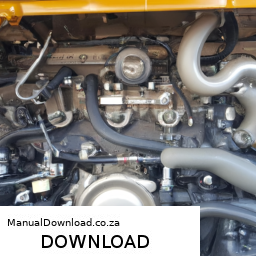
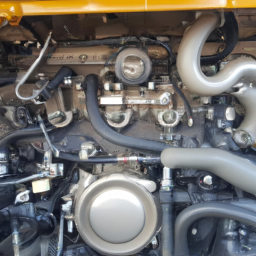 and does not bind.
and does not bind.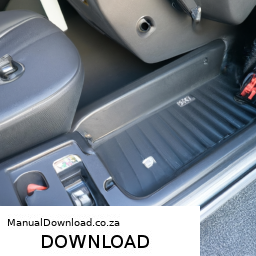
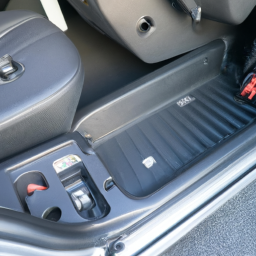 and efficiency.
and efficiency.
 and drivability. It’s advisable to consult with or hire a professional mechanic.
and drivability. It’s advisable to consult with or hire a professional mechanic.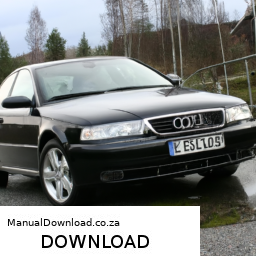
 and Test**:
and Test**:
 and listen for any unusual noises. If everything sounds good, you’ve done it!
and listen for any unusual noises. If everything sounds good, you’ve done it!

 and safety glasses
and safety glasses 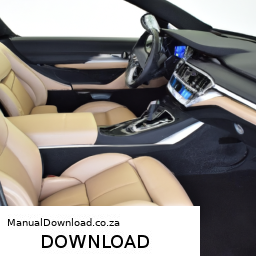
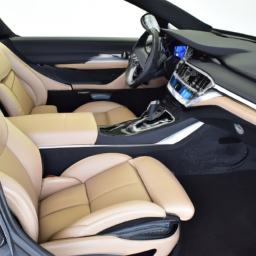 and safety precautions tailored to that model. Proper training and equipment are essential for performing wheel alignments accurately.
and safety precautions tailored to that model. Proper training and equipment are essential for performing wheel alignments accurately.
 tands and lower the vehicle back to the ground.
tands and lower the vehicle back to the ground.